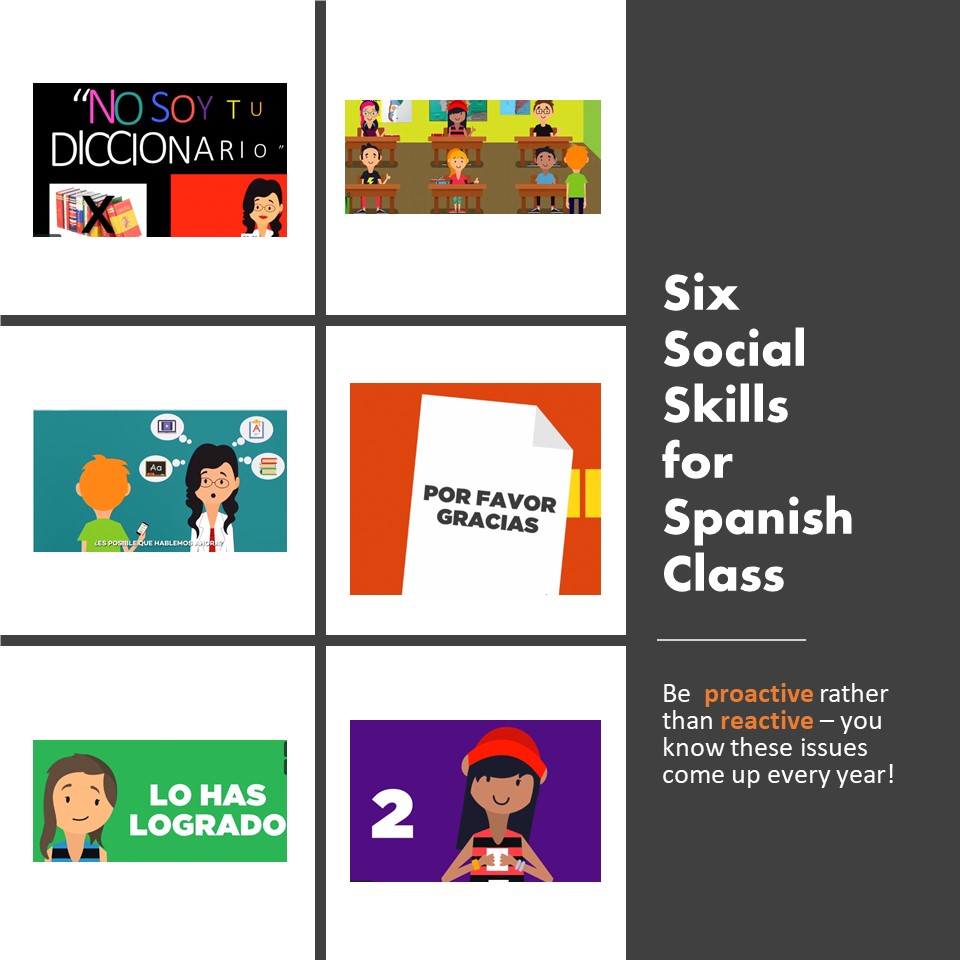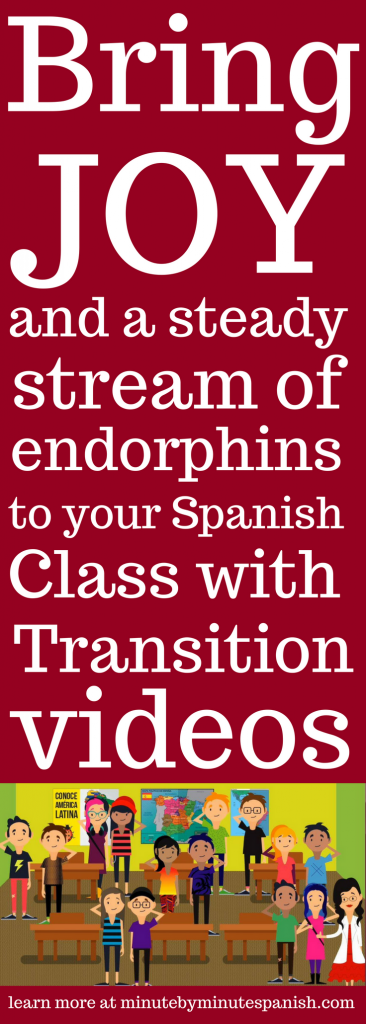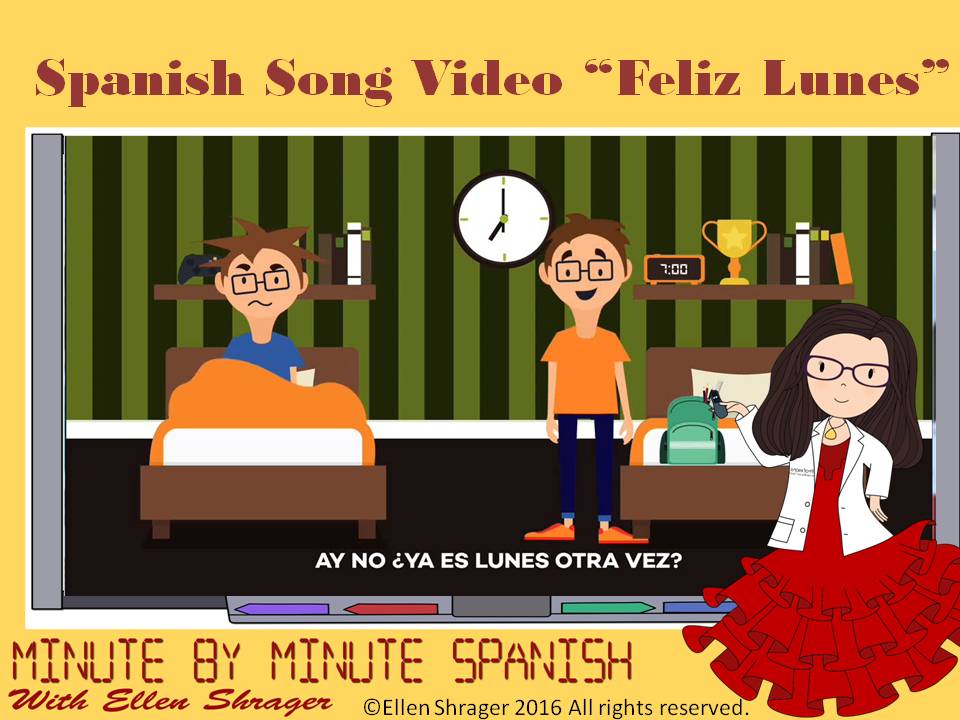
Why are students so thin-skinned and where do they learn their social skills?
When I started teaching in the 80’s, teachers were expected to be caring adults providing boundaries and feedback about appropriate behavior.
In 2020, when responding to a student’s inappropriate behavior, I am contacted by parents about their concern that I don’t like their child. I fear that students are learning their social skills from social media; many are not making the correct leap from talking to Alexa to talking to their teacher.
After thirty plus years of teaching the same age group, I can predict certain topics that come up every year and rather than correct a student for being inappropriate, I proactively give direct instruction on social skills using catchy musical videos to everyone. Thus, when a student is interrupts, or treats me like a walking dictionary, the rest of the class breaks out into song and the correction is considered impersonal rather that a personal correction.
We, my Venezuelan friends and I, have created six musical videos sung in Spanish to demonstrate these skills. See the video below about the Venezuelans who make the songs and videos and how all net proceeds go to them as this is my charity work.
1. How to treat a new a new student.
It includes offering to escort the new student to his or her next class, offering to eat lunch together, sharing recent classwork, and welcoming them to the class.
2. How to write an email to a teacher.
Many students write emails to teachers as if they were texting a friend. This social skill video reminds students to identify themselves, address the teacher by name and use querido, atentamente, por favor, gracias. The video reminds them that their future bosses may not know how capable they are because their poor manners.
3. Asking if now is a good time before just talking at the teacher with different requests.
This will save you from middle school teacher burnout! I share rooms and am rushing into set up my laptop and complete a variety of housekeeping tasks and it can take my last ounce of patience when a student just starts talking to me in a long-winded story. Now they know to first ask if now is a good time and if it isn’t I always circle back to them. This has made for much more pleasant relationships and a smooth start to class. It may very well help them to keep future jobs. Parents tell me they love it when I explain it to them at Open House and they also use it with me!
4. The expected behavior with random partners
The best way to ensure that students get along in a class is to use random grouping cards and explain to them the importance of learning how to work with everyone. All of the directions are included along with the video. Be the adult in the class and set the expectation that they must work with anyone for a week at a time and they will. Let’s fight the growing tide of selected social media narrowing the variety of exposure that students have to different kinds of people. By the end of the year, substitute teachers and students will comment on how well the class gets along.
5. How to congratulate someone.
We must give our students direct instruction on how to congratulate one another in the target language.
Use this musical video, and ‘en hora buena’ and ‘felicitaciones’ will roll off their tongues at appropriate times.
6. Tell your students you are not their dictionary.
It is a playful reminder to look up the words they should know rather than just rely on the teacher to be their dictionary.
Let’s further examine this issue of asking Spanish teachers to be a walking dictionary.
Students in our classes are accustomed to asking Alexa questions at home and getting immediate answers. When I first started teaching, we spent a couple of days using paper dictionaries and teaching them how to look up infinitives and other basic skills. Now we train them to use Word Reference while they may still very well be ‘Google Translating’ their homework.
I even had a parent send me a google translated e-mail – and she has never studied Spanish. She thought I would be so impressed! But I digress.
We train our students to ask three before me or use three before me or write their name on the board with the word they need help with in the hopes a classmate will help out.
But the best solution is to teach them the song “No soy tu diccionario” and when they forget and ask you how to say something the rest of the class breaks out into the song.
It works!
Every year students want to learn how to insult one another in Spanish. They will ask me how to say “stupid” in Spanish so that they can insult one another.
You do you with your teaching voice, but my response, said with the sweetest, most sincere drippy concern of a grandmother, “oh honey, I see why you feel that way about yourself but it would break my heart to have you talk about yourself that way, no I just can’t add to your negative self-talk – you are just too good!” This puts the kid in checkmate – can’t admit he/she wants to use it for others and the whole class is laughing about my thinking he/she wants to call himself/herself stupid when clearly the intention is to insult someone else.
Using direct instruction of these social skills has improved my happiness in the classroom and reduced my sense of ‘burn-out’ – I used to be annoyed that so many students were learning their social skills from apps and not from interaction with caring adults. So I decided that I need to be the change that is needed and it has made all of the difference for them and for me.
All net proceeds help three Venezuelan families – meet them in this video as they open three boxes I sent to them.
If you want to read more about class structure and transition videos, read my blog here.



 Something is afoot in my Spanish classroom this year. For the first time in 30 years, students walk in sighing with relief that they are in room 363 because it is so “chill” in here.
Something is afoot in my Spanish classroom this year. For the first time in 30 years, students walk in sighing with relief that they are in room 363 because it is so “chill” in here.
